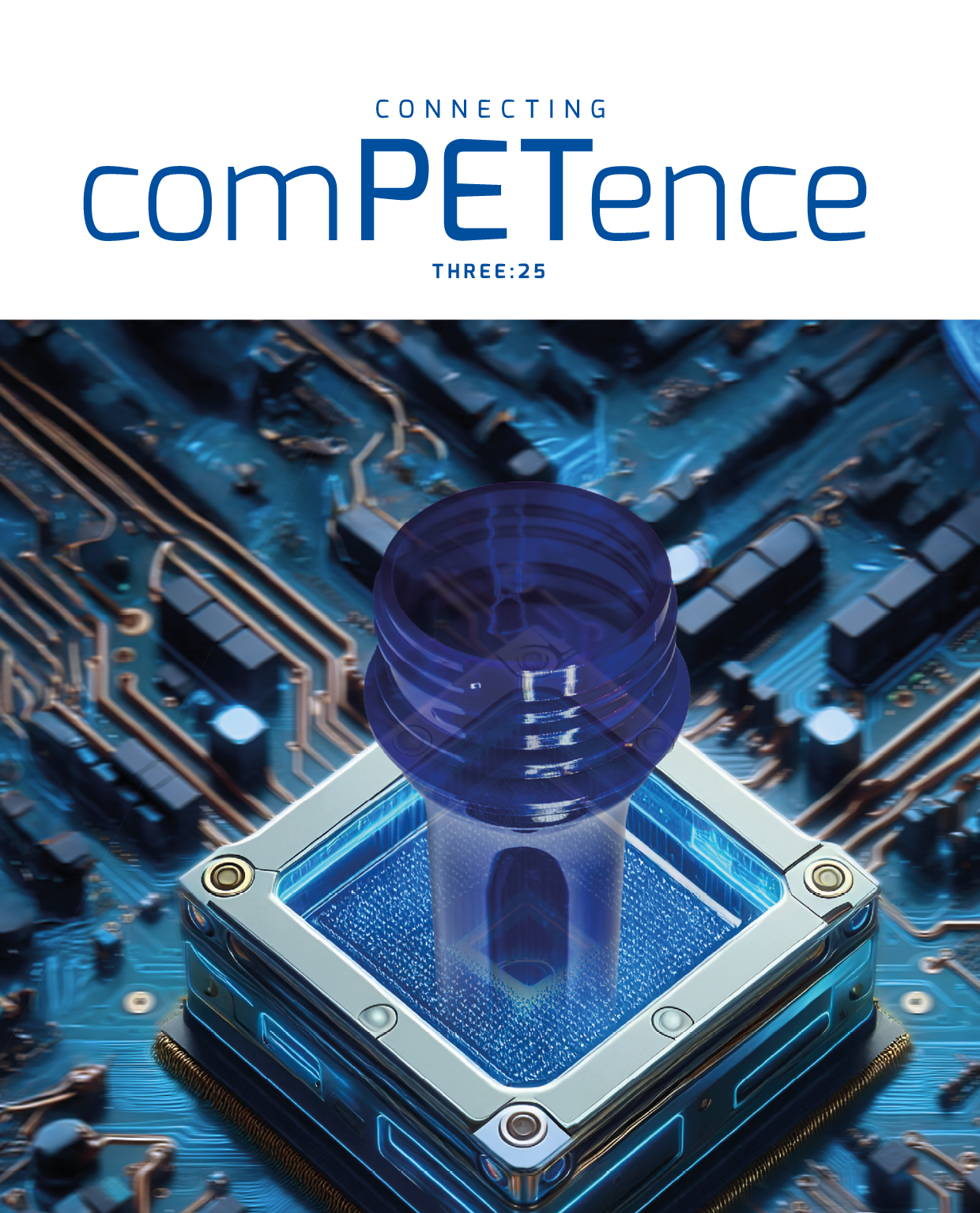This assessment focused on a PET waste stream, with two primary objectives – to remove watermarked non-food PET bottles from the stream to meet EFSA guidelines i.e to reduce non-food PET content in a food PET stream to less than 5%, and to create a non-food PET output stream.
Trial preparation
This industrial-level assessment, carried out in January and February 2023 under the supervision of the HolyGrail 2.0 technical team, built on the success of the previous Initiative’s semi-industrial trials performed in 2021 and 2022.
5.6 tons of watermarked non-food PET bottles were produced, and then mixed with post-consumer waste at material recovery facility SUEZ in Epinal, France, to mimic typical waste workflows. Multiple fractions of mixed waste containing around 200.000 watermarked bottles were created, baled, and shipped to the Wellman/Indorama recycling facility for sorting tests.
Execution and objective achievement
The trials were carried out on a fully operational line – equipped with the digital watermark detection module – working in standard operating conditions with nominal throughput of 3 tons/hour and belt speed of 3 metres/second. An NIR unit was also used in combination to assist with blowout.
Detection efficiency was 92.1%, while sorting efficiency was 88.3%, on average. For two-pass sorting, the detection and sorting efficiencies were 95.9% and 95.1% respectively.







